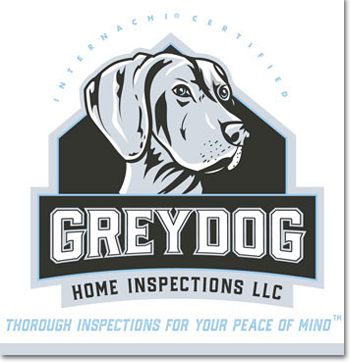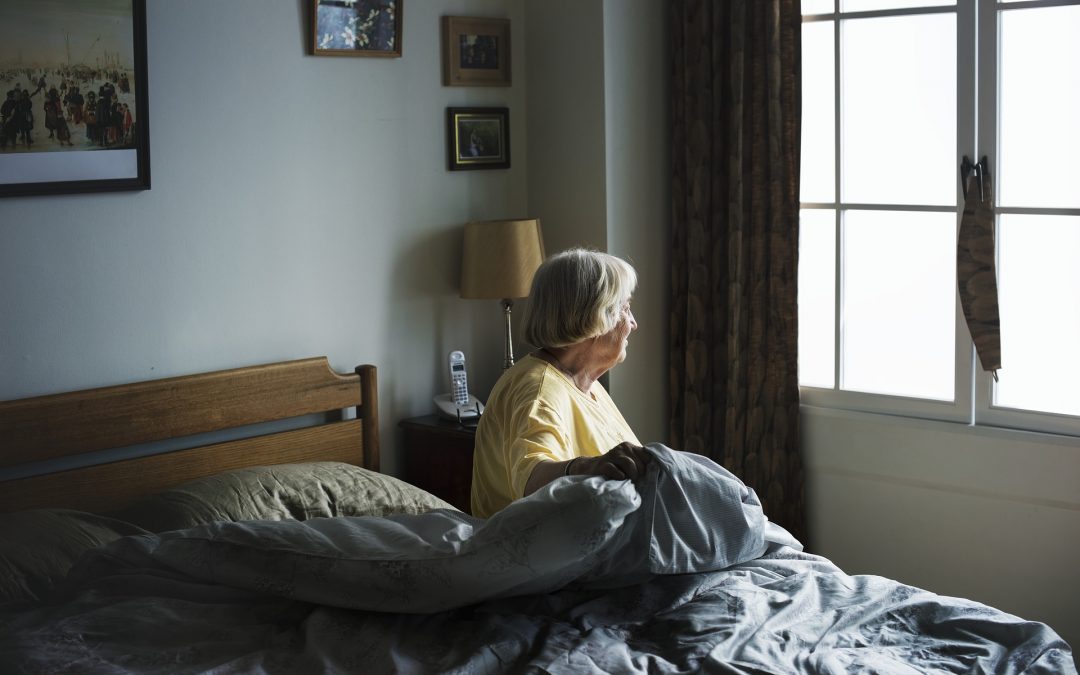“Aging in place” is the phenomenon describing senior citizens’ ability to live independently in their homes for as long as possible. Those who age in place will not have to move from their present residence in order to secure necessary support services in response to their changing needs. Accordingly, home safety for the elderly is an important consideration. Many corrections and adaptations to the home can improve maneuverability, accessibility, and safety for elderly occupants, as well as those whose mobility is limited for reasons that are not age-related. Some such alterations and recommendations for home safety for the elderly are as follows:
Appliances:
- microwave oven in wall or on counter;
- refrigerator and freezer side by side;
- side-swing or wall oven;
- controls that are easy to read;
- raised washing machine and dryer;
- front-loading washing machines;
- raised dishwasher with push-button controls;
- stoves having electric cooktops with level burners for safely transferring between the burners; front controls and downdraft feature to pull heat away from user; light to indicate when surface is hot; and
- replace old stoves with induction cooktops to help prevent burns.
Countertops:
- base cabinet with roll-out trays;
- pull-down shelving;
- wall support, and provision for adjustable and/or varied-height counters and removable base cabinets;
- upper wall cabinetry lower than conventional height;
- accented stripes on edge of countertops to provide visual orientation to the workspace;
- counter space for dish landing adjacent to or opposite all appliances;
- glass-front cabinet doors; and
- open shelving for easy access to frequently used items.
Bathroom:
- fold-down seat installed in the shower;
- adjustable showerheads with 6-foot hose;
- light in shower stall;
- wall support, and provision for adjustable and/or varied-height counters and removable base cabinets;
- contrasting color edge border at countertops;
- at least one wheelchair-maneuverable bath on main level;
- bracing in walls around tub, shower, shower seat and toilet for installation of grab bars;
- if stand-up shower is used in main bath, it is curbless and wide;
- low bathtub;
- walk-in shower;
- toilet higher than standard toilet, or height-adjustable;
- design of the toilet paper holder allows rolls to be changed with one hand;
- wall-hung sink with knee space and panel to protect user from pipes; and
- slip-resistant flooring in bathroom and shower.
Exterior:
- low-maintenance exterior (vinyl, brick, etc); and
- low-maintenance shrubs and plants.
Entry:
- sensor light at exterior no-step entry focusing on the front-door lock;
- non-slip flooring in foyer;
- accessible path of travel to the home;
- at least one no-step entry with a cover;
- entry door sidelight or high/low peep hole viewer; sidelight should provide both privacy and safety;
- doorbell in accessible location; and
- a surface on which to place packages while opening door.
Electrical, Lighting, Safety and Security:
- install new smoke and CO detectors;
- install automated lighting, an emergency alert system, or a video-monitoring system;
- easy-to-see and read thermostats;
- light switches by each entrance to halls and rooms;
- light receptacles with at least two bulbs in vital places (exits, bathroom);
- light switches, thermostats and other environmental controls placed in accessible locations no higher than 48 inches from floor;
- move electrical cords out of the flow of traffic;
- replace standard light switches with rocker or touch-light switches; and
- pre-programmed thermostats.
Flooring:
- if carpeted, use low-density with firm pad;
- smooth, non-glare, slip-resistant surfaces, interior and exterior; and
- color and texture contrast to indicate change in surface levels.
Hallways:
- wide;
- well-lit; and
- fasten down rugs and floor runners, and remove any that are not necessary.
Miscellaneous:
- 30-inch by 48-inch clear space at appliances, or 60-inch diameter clear space for turns;
- multi-level work areas to accommodate cooks of different heights;
- loop handles for easy grip and pull;
- pull-out spray faucet;
- levered handles;
- in multi-story homes, laundry chute or laundry facilities in master bedroom;
- open under-counter seated work areas; and
- placement of task lighting in appropriate work areas.
Overall Floor Plan:
- main living on a single story, including full bath;
- 5-foot by 5-foot clear turn space in living area, kitchen, a bedroom and a bathroom; and
- no steps between rooms on a single level.
Reduced Maintenance and Convenience Features:
- easy-to-clean surfaces;
- built-in recycling system;
- video phones;
- central vacuum system;
- built-in pet feeding system; and
- intercom system.
Stairways, Stair Lifts and Elevators:
- adequate handrails on both sides of stairway;
- residential elevator or lift; and
- increased visibility of stairs using contrast strips on the top and bottom stairs, and color contrast between treads and risers on stairs with use of lighting.
Storage:
- lighting in closets;
- adjustable closet rods and shelves; and
- easy-open doors that do not obstruct access.
Windows:
- plenty of windows for natural light;
- low-maintenance exterior and interior finishes;
- lowered windows, or taller windows with lower sill height; and
- easy-to-operate hardware.
Advice for those who wish to age in place:
- Talk with family members about your long-term living preferences. Do you want to downsize to a smaller single-family home, or do you plan to stay put in your traditional family home?
- Take a look at your finances and retirement funds. With your current savings and assets, will you be able to pay for home maintenance? Consider starting a separate retirement savings account strictly for home maintenance.
- Remodel your home before your mobility becomes limited. As you age, changes in mobility, hearing, vision and overall health and flexibility will affect how easily you function in your home. Consider making your home “age-friendly” as a phased-in and budgeted home improvement, rather than waiting until you need many modifications at a time due to a health crisis.
- If you decide before you retire that you want to live in your current home through the remainder of life, consider paying for “big ticket – long life” home projects while you still have a healthy income. Such items may include having the roof assessed or replaced, replacing and upgrading the water heater or cooling unit, completing termite inspections and treatment, having a septic tank inspection and replacement, as needed, and purchasing a riding lawn mower.
- Healthy living plays a vital role in your ability to age in place. Most seniors leave their homes due to functional and mobility limitations that result from medical crises and an inability to pay for support to stay with them in their home. Effectively managing health risks and maintaining a healthy lifestyle can help you stay strong, age well, and live long at your own home.
Residential Outbuildings
An alternative to adapting the primary residence is building or adapting an ancillary structure on the property. So-called mother-in-law apartments are sometimes built over detached garages so that the non-primary resident can enjoy some autonomy and independence from the nuclear family in the main house. Carriage houses, barns and studios are often adapted as extra living quarters. While these types of dwellings can be upgraded to offer the basic necessities of a standard home, such as a sleeping area, sitting area, refrigerator, toilet, shower stall and sink, they may lack a bathtub, stove, and separate rooms. The electrical and plumbing services tend to be limited, including the number of receptacles and GFCIs. Also, there may be no HVAC system beyond required system venting.
Mobile housing units, accessory dwelling units (ADUs), practical assisted-living structures (PALS), the nicknamed “med cottages” and “granny-pods” are newer housing innovations that are gaining popularity with homeowners who wish to house aging or infirm relatives on their properties without building an addition onto the primary residence. Both parties are able to enjoy some privacy, and the non-primary resident can achieve an appropriate level of independence. Many of these units have high-tech features, such as electronic medical alert systems, timers, video monitors, and automated floor lighting, such as that which illuminates the path from the bed to the bathroom that turns on by foot pressure.
While these units may incorporate some abbreviated systems of a traditional home (i.e., electrical, plumbing, HVAC), high-tech features such as those described will require installation by a manufacturer’s representative or other knowledgeable expert. Additionally, local zoning laws may have certain requirements for such structures, or may prohibit them altogether. Before families go to the energy and expense of upgrading an ancillary structure, they should check with their local building or zoning department.
For more home-safety tips, please click here https://greydoginspections.com/blog/
To learn more about Grey Dog Home Inspections, LLC, please click here https://greydoginspections.com/


Recent Comments